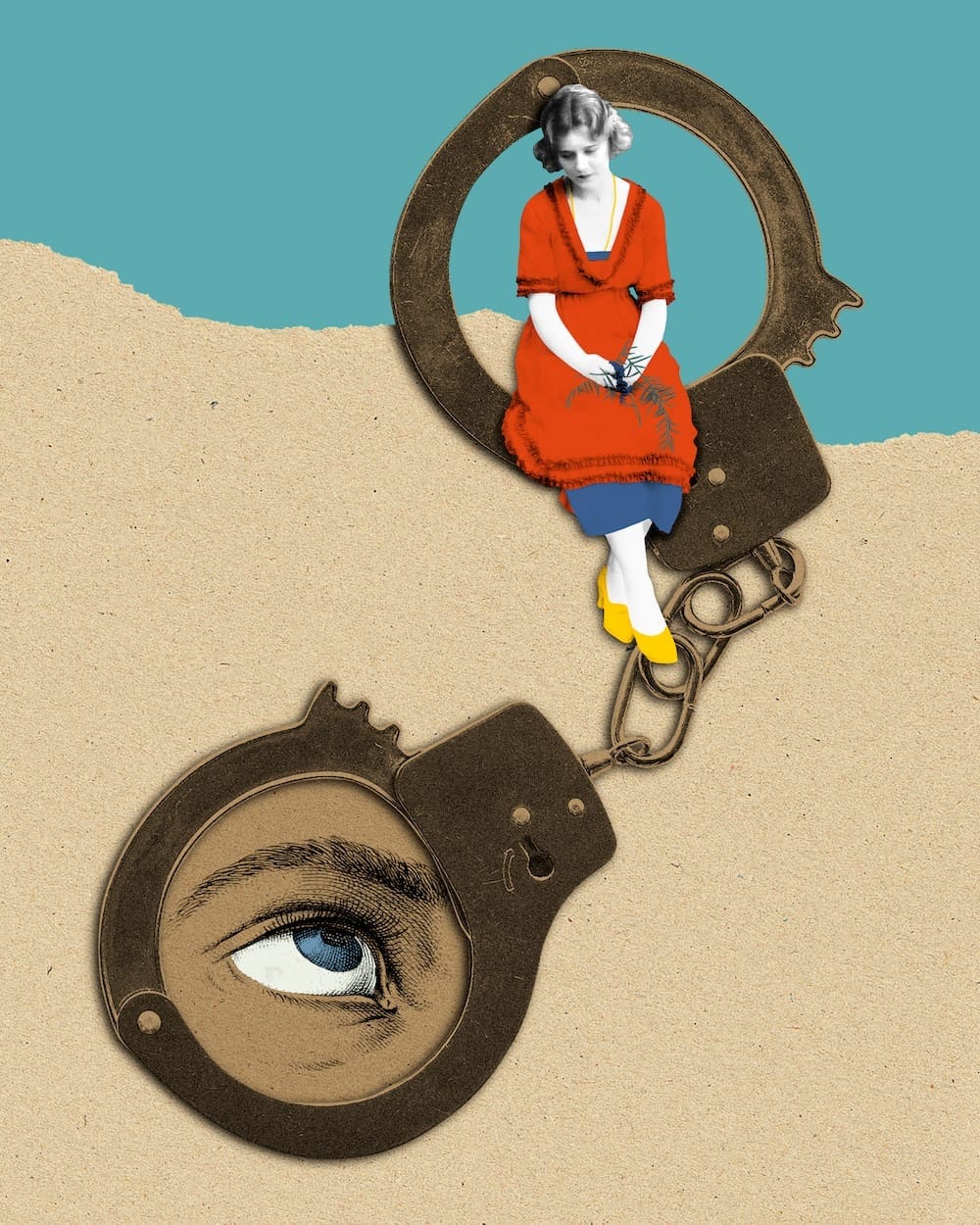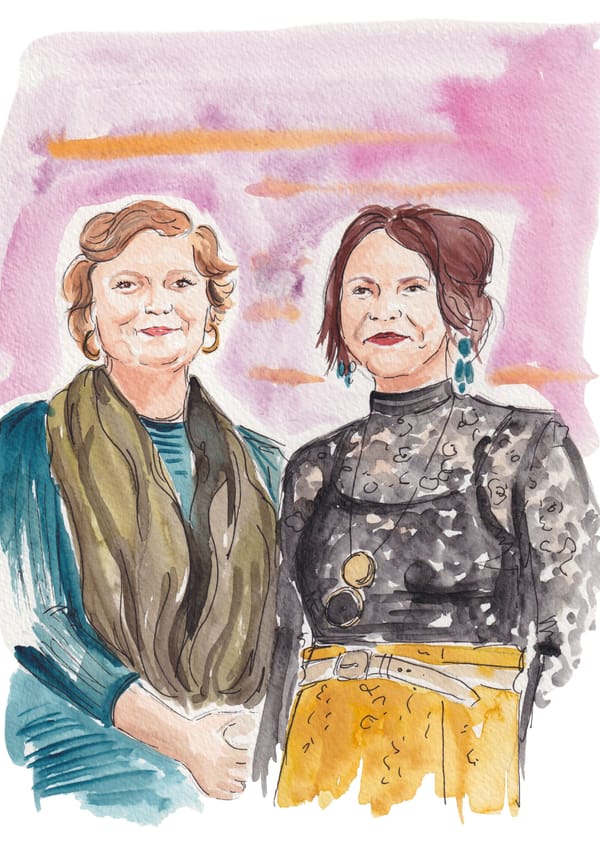The Complicated Relationship Between Justice and Gender
How stereotypes and societal tropes have shaped the trials of women wrongfully convicted of murder.

In February 2002, a 23-year old Marine sergeant named Todd Sommer fell ill in San Diego. A few days later, he was dead. Todd had no known underlying health issues and a medical examiner determined at the time that a heart attack was the cause of death.
One year later, the military conducted tests on his preserved tissue and reached a different conclusion: There had been high levels of arsenic in the sergeant’s liver and kidneys at the time of his death.
It was only a matter of time before Sommer’s wife Cynthia was arrested, and eventually convicted of first degree murder. Prosecutors argued she’d poisoned her husband to collect more than $250,000 in insurance benefits and $1,900 per month in survivor benefits which she used to pay for breast implants. She was facing the prospect of life in prison without parole.
According to The Appeal—a nonprofit news organization dedicated to exposing how the U.S. criminal legal system fails to keep people safe—and a report by the National Registry of Exonerations, prosecutors at Sommer’s trial, which took place in 2007, made note of her boob job, and said that she’d once taken part in a wet T-shirt contest. They also pointed out that she’d had sex with other men after her husband had died. Effectively, the trial became a character assassination.
After her conviction, Sommer, who always maintained her innocence, retained a new attorney and won a new trial. In a subsequent re-investigation of her late husband’s liver and kidney tissue, the samples tested negative for arsenic after all. And in the spring of 2008, the charges against her were dismissed and Sommer was released.
“I’m overwhelmed with emotion,” she said in an interview the day she walked free. “I can’t describe being in jail one day, one minute actually, and being out the next.” Her attorney had a stronger message. Justice had been done, Allen Bloom said, not because of the prosecution, but in spite of it.
Read more: The Missing Stories of Missing Women
Stories about women who are convicted of murder and then exonerated are extremely rare, in large part because murders by women are less common than murders by men. But of the exoneration cases that are known, many share a common thread: The alleged criminal is often presented or shown by the media and the prosecution as displaying behavior or character traits that are not associated with a stereotypically good woman.





